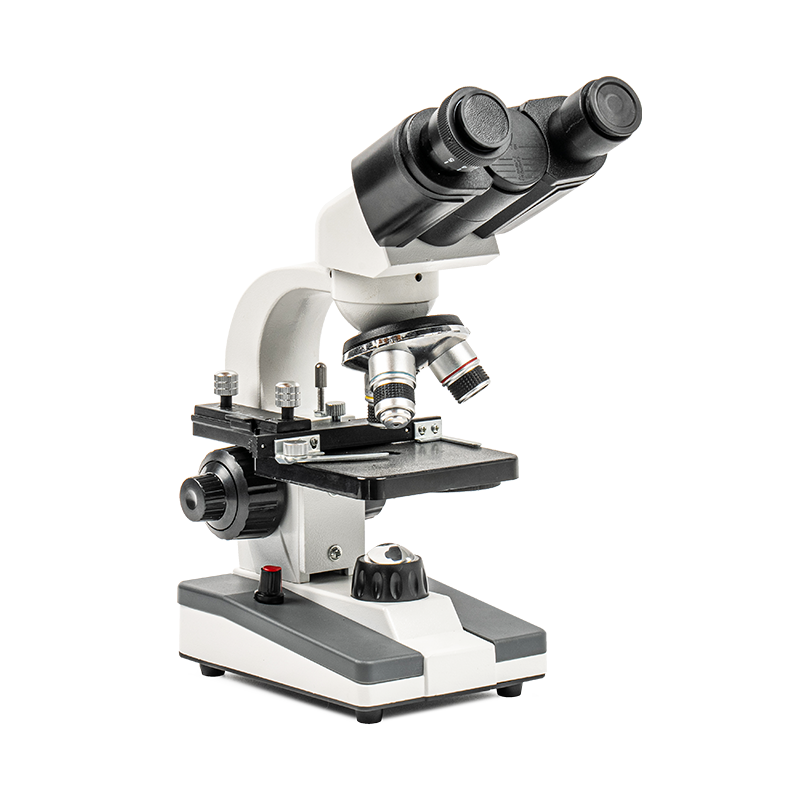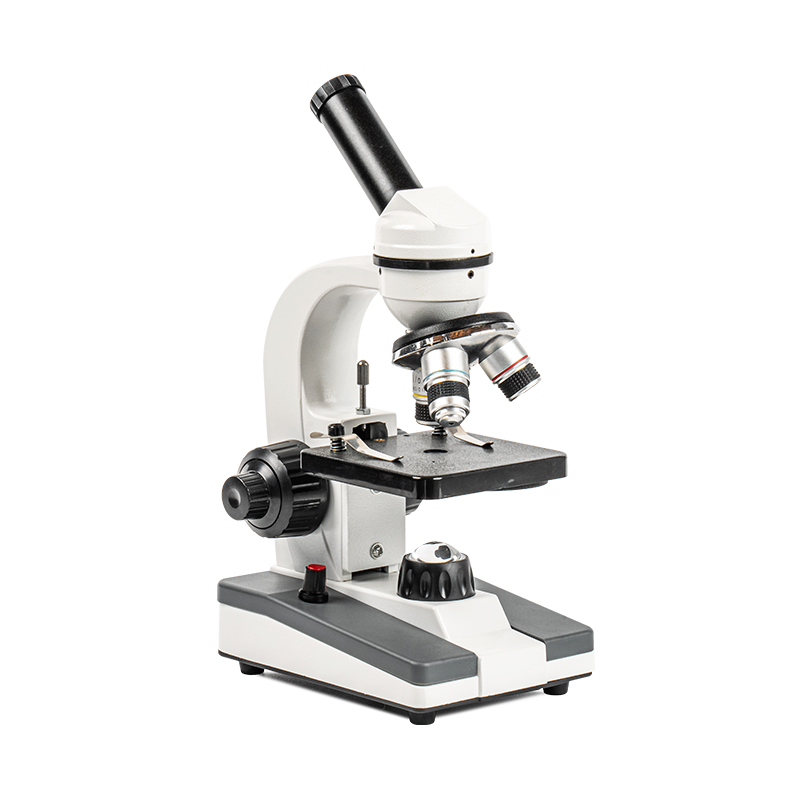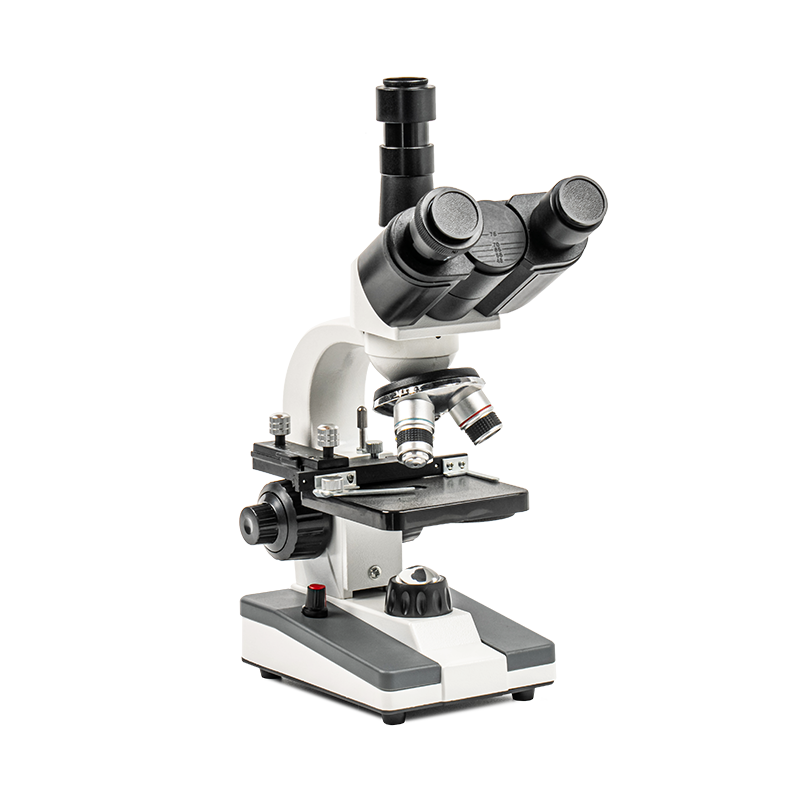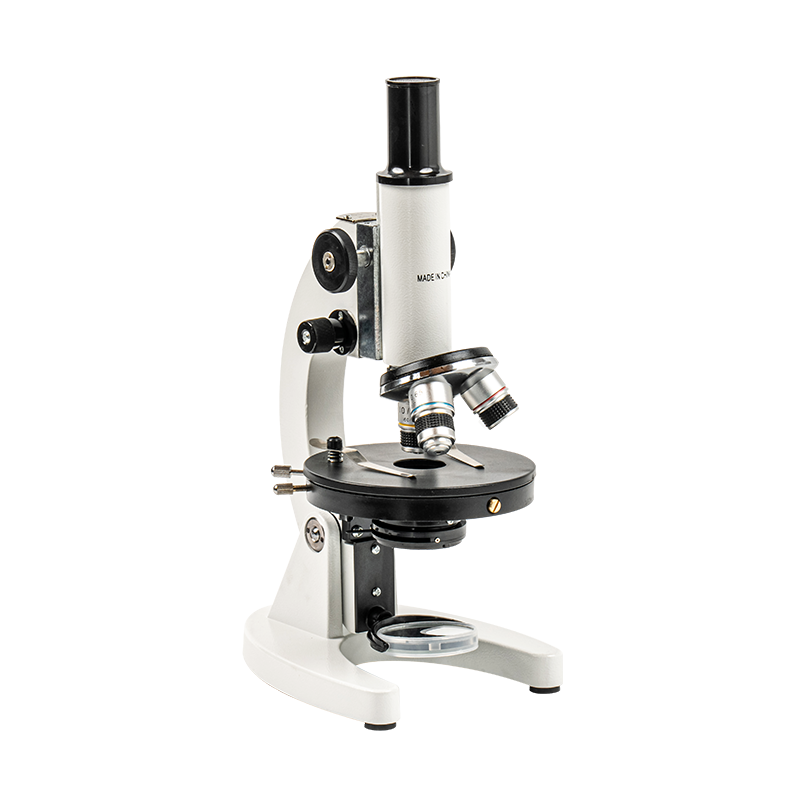Against the background of the in-depth promotion of the "double reduction" policy and the continuous acceleration of scientific literacy education, primary and secondary schools across the country are undergoing a systematic upgrade of experimental teaching equipment. As a window to the microscopic world, Microscope for School has become one of the "standard" equipment in the laboratory, and has quickly entered the classroom driven by technological innovation. "See better and use better" is no longer a slogan, but a true portrayal behind the innovation of Microscope for School products.
From "optional" to "rigid need": microscopes are fully popularized on campus
With the implementation of the new curriculum standards and the in-depth development of STEM courses, experimental teaching of subjects such as biology, science, and physics has put forward higher requirements for equipment. Especially in biology classrooms, cell structure, tissue sections, microbial observation and other contents have gradually become the core of teaching. The introduction of microscopes is not only a tool upgrade, but also a change in educational methods.
## Technological innovation drives upgrade: Microscope for school "sees better and uses better"
Different from traditional teaching equipment, modern microscopes are rapidly completing the technological leap from "scientific research equipment" to "classroom tools". Many educational technology companies and optical manufacturers jointly promote the intelligent and humanized transformation of microscope products, making them more suitable for young users to operate and use in classroom environments.
1. Digital imaging: from single observation to sharing by the whole class
Traditional microscopes can only be used by one person during observation, which easily leads to a lack of participation by other students. Modern microscopes are equipped with high-definition cameras that can project microscopic images to a large screen or tablet in real time, realizing an interactive teaching mode of "one person operating, the whole class sharing".
2. Automatic focus + intelligent light source: simpler operation
In order to adapt to the operating habits of primary school students or junior high school students, Microscope for school introduces a one-button focus and automatic brightness adjustment system. Students can quickly obtain clear images without having to master complex knob operations, greatly reducing the threshold for experiments.
3. Portable design: Flexible use in classroom/outdoor
The new microscope adopts lightweight material and rechargeable design. It can be used for a long time in a non-electric environment and is suitable for multi-scenario teaching, such as nature observation class, science summer camp, mobile experimental vehicle, etc.
Educational value: Microscope makes science "at your fingertips"
From an educational perspective, the significance of the microscope is no longer limited to the experimental equipment itself, but it opens up a new way of teaching thinking - scientific visualization, normalization of experiments, and autonomous operation.
In elementary school, microscopes help children to initially establish the "structure-function" correspondence;
In junior high school, microscopes become an important tool for verifying scientific hypotheses;
In high school, it further serves as a carrier for scientific research literacy training, training students' observation, recording and analysis capabilities.
Through "seeing", students have a more concrete and deeper understanding of scientific knowledge, and it is easier to form systematic scientific thinking in future learning or research.
Looking to the future: visible science, tangible future
The technological innovation of microscope for school is continuously promoting the deepening of the educational concept of "from understanding to seeing". Microscope products that are smarter, easier to use, and more integrated with classroom teaching are becoming an important tool for the next generation of students to understand the world of science.
Driven by national policies and technological progress, future classrooms will no longer be limited to paper talk, but will become more "visible, tangible, and practical", allowing every child to see the infinite mysteries of the microscopic universe through the lens.

 English
English Español
Español عربى
عربى 中文简体
中文简体









